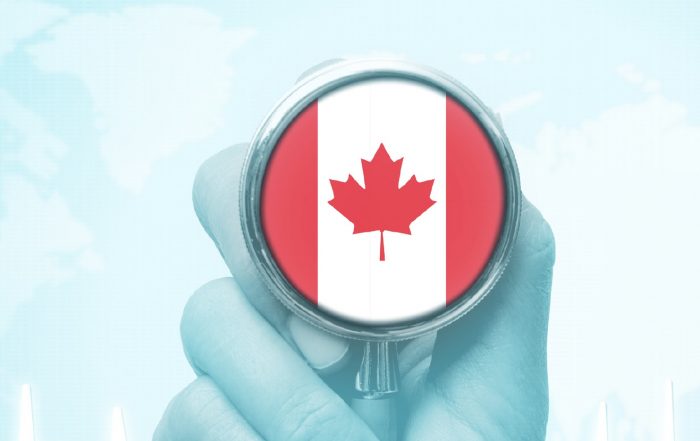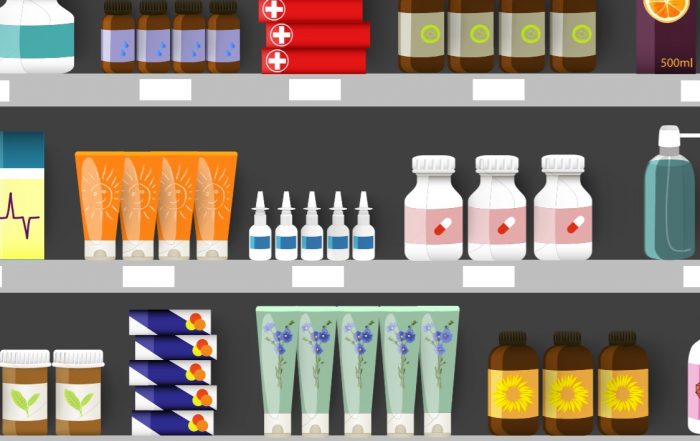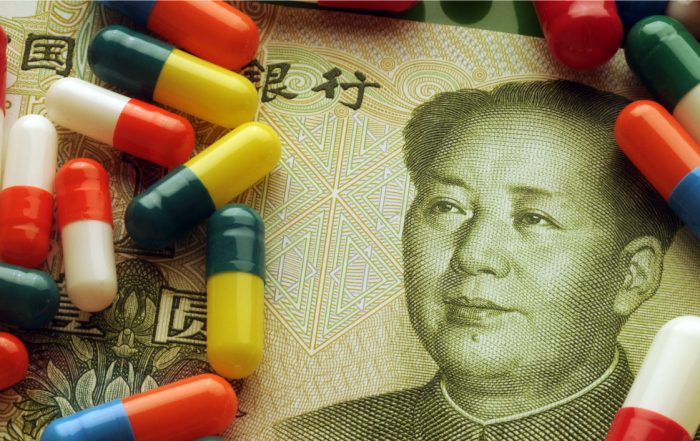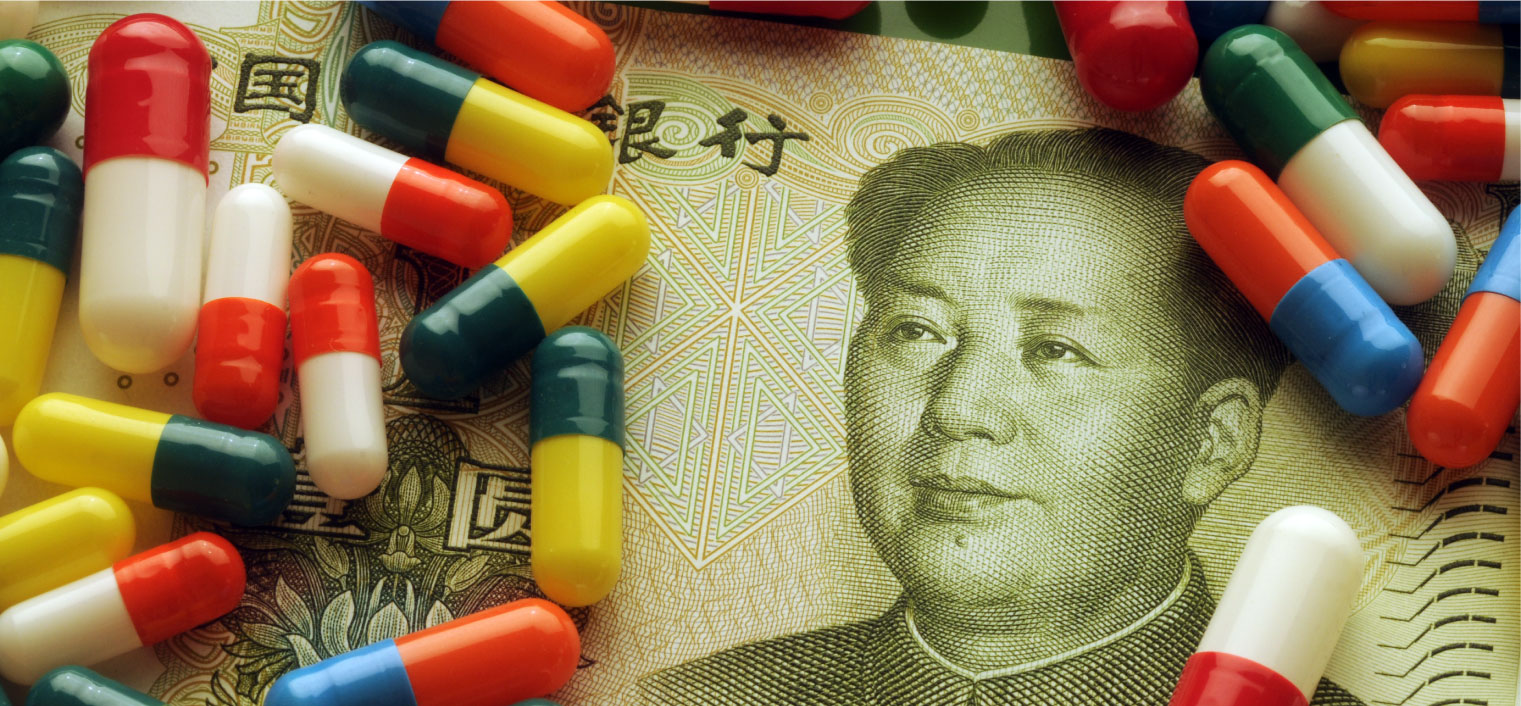
Global Regulatory Focus | China: Survival of the Fittest or Cheapest
by Xin Tao
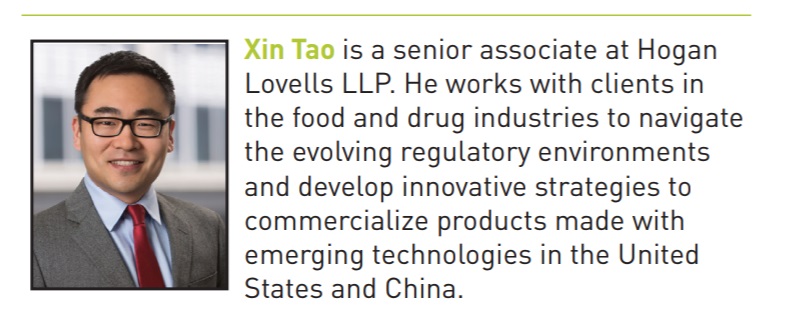
The past year is set to be a milestone year for China’s pharmaceutical regulatory reform as the newly formed National Medical Products Administration (NMPA) continues to aggressively cut back on red tape for new drug approvals.1 In November 2018, in an unprecedented regulatory action, NMPA called on global pharmaceutical companies to bring 48 innovative drugs to China.2 These drug products are indicated for rare diseases or other life-threatening diseases and have already been approved in the U.S., EU, or Japan. Significantly, once the drug sponsors can submit data demonstrating no ethnic differences for the efficacy, the drug products can be approved without any additional clinical trials in China.3 In December 2018, AstraZeneca and its China partner, FibroGen, received NMPA’s market authorization for their roxadustat, a first-in-class anemia drug for kidney patients.4 This is the first time NMPA approved an innovative drug product from a global pharmaceutical company before any other country in the world. Notably, at a press conference in February 2019, senior officials from NMPA told reporters that a total of 18 new cancer drugs were approved in China in 2018, which marks a 157% increase in comparison with 2017.5 Further, the average review time for these cancer drugs in 2018 was 12 months, down from 24 months prior to 2018.
With the opportunity to gain access to the Chinese market presenting itself like never before, two recent initiatives by the Chinese government are worthy of noting because one of them will have significant ramifications on drug pricing for generic drugs and the other presents unique operational challenges for global pharmaceutical companies. Specifically, in December 2018, China implemented a pilot centralized drug procurement program that aims to substantially reduce prices for generic drugs. Also in December 2018, NMPA published a new regulation for its overseas inspection program, under which serious violations of Chinese cGMP regulations can lead to the suspension of drug sales or even product recalls in China. A more detailed summary and assessment of these two programs follows.
The Pilot Centralized Drug Procurement Program
“4+7” Program Slashes the Generic Drug Prices by Half
While China has a national public healthcare system and the public hospitals owned by the government are the major healthcare providers, historically, drug procurement was conducted at province level. In December 2018, a new pilot centralized drug procurement program fundamentally changed how generic drugs are priced in China. It is noteworthy that the program was established by an agency called the Central Comprehensively Deepening Reforms Commission, which is directly led by the Politburo of the Communist Party of China. The program is also commonly referred to as the “4+7 Program” in China because it covers 4 municipalities including Beijing, Tianjin, Shanghai, Chongqing and 7 other cities including Shenyang, Dalian, Xiamen, Guangzhou, Shenzhen, Chengdu, and Xi’an. Under the 4+7 Program, every pharmaceutical company has the opportunity to submit bids for generic drugs and the government will award a contract to the winner, who will be guaranteed a sale volume of 60-70% of the total market in public hospitals in the 11 major cities for a year. The successful bids are selected based on the following criteria:6
- Three or more bidders for the same generic drug product: the lowest bidder will automatically be awarded the contract.
- Two bidders: the lower bidder will be chosen for a second round of negotiation with the procurement office. The average discount rates from other generic drugs offered will be used as a reference for the negotiation.
- Only one bidder: the average discount rates from other generic drugs offered will be used as a reference for the negotiation.
After the first public bidding, which took place on-site in Shanghai, generic drug manufacturers were awarded contracts for 25 generic drugs with guaranteed sales volume in the 11 major cities in China.7 The average discount rate from the winning bid is 52%, when compared to the lowest drug prices in these 11 major cities in 2017. The most controversial element of the 4+7 Program is that the only determining factor for a successful bid is the price. It is therefore not surprising that while many global pharmaceutical companies participated in the bidding process, only two successful bids came from pharmaceutical manufacturers not entirely owned by a Chinese entity—Gefitinib tablets from AstraZeneca AB and Fusinopril tablets from Sino-American Shanghai Squibb Pharmaceuticals Co., Ltd.8
Implications for Drug Reimbursement
While it is still unclear at this point when and whether the 4+7 Program will be rolled out nationwide, it already has an immediate national impact on generic drug prices. Significant news broke on March 5th that the National Healthcare Security Administration, the country’s top agency in charge of the public healthcare system, announced that the reimbursement for drugs under the public healthcare plan nationwide will also be tied to the drug prices from the winning bids under the 4+7 Program. According to the “Opinions of the National Healthcare Security Administration on Supporting Measures Concerning Medical Insurance for the Pilot Program for Conducting Centralized Procurement and Use of Drugs by the State,”9 the reimbursement rate under the national healthcare plan will be determined as follows:
- When the drugs are priced twice as much as the winning bid under the 4+7 Program: the 2019 reimbursement rate should be no less than 30% lower than the original rate, and the 2020 and 2021 reimbursement rates should be based on the drug prices of the winning bids under the 4+7 Program.
- When the drugs are priced slightly above and no more than twice as much of the winning bid under the 4+7 Program, the reimbursement rate should be based on the drug prices of the winning bids.
- If the drugs are priced lower than the winning bid, the reimbursement rate should be based on the actual drug price.
Since Chinese patients will be responsible for any price difference above the reimbursement rate, the 4+7 Program’s impact will go way beyond the public hospitals in 11 major cities. Indeed, several drug manufacturers have recently announced that they will voluntarily lower their prices to be close or even lower than the winning bids under the 4+7 Program.10 As global pharmaceutical companies look to do business in China, the implementation of the 4+7 Program will undoubtedly impact strategies on how to commercialize generic drug products and how to best compete in a bidding war with a domestic Chinese drug manufacturer.
NMPA Tightens cGMP Requirements for Imported Drugs
NMPA’s overseas inspection program for drugs will also significantly impact international pharmaceutical manufacturers. In December 2018, NMPA issued a new regulation titled “Regulations for the Administration of Overseas Inspection of Pharmaceutical and Medical Devices” that provides the detailed framework for its overseas cGMP inspection which was first initiated in 2015.11 Under the new regulation, the overseas inspection , which targets facilities outside of China, not only covers drugs that are already marketed in China, but also drugs that are pending NMPA’s approvals. The inspection arm of NMPA—Center of Food and Drug Inspection (CFDI)—is in charge of the program. CFDI considers the following factors when determining whether a site should be inspected:
- Potential risk identified during drug application review;
- Failing test results that indicate risks in the quality management system;
- Adverse events or the monitoring of adverse events that indicates product safety risk;
- Whistle blowers or other evidence indicating violations of laws and regulations;
- Prior enforcement history of the market authorization holder;
- Inspection conducted by other drug regulatory agencies that indicates serious issues with quality management system;
- Re-inspection required after the implementation of CAPAs.
Notably, an overseas manufacturer, who is usually also the market authorization or import drug license holder of the drugs, must appoint an agent based in China for the NMPA overseas inspection. Under the new regulation, the China agent will be authorized to 1) submit documents related to the inspection to NMPA; 2) provide support for on-site inspection (including any extension inspection covering raw materials, packaging materials, suppliers, or other contract organizations, when required) by NMPA; 3) assist to help implement any follow-up actions related to the inspection.
After the inspection, within 30 working days, the manufacturer will receive the written inspection report from CFDI. Under the new regulation, if the manufacturer disagrees with the inspection results, statement or explanation needs to be submitted to CFDI within 10 working days. If no feedback was received after 10 working days, CFDI will assume the manufacturer does not disagree with the inspection findings. The manufacturer should provide its written response within 50 working days after it receives the inspection report. The response should contain detailed CAPAs for the inspection observations. In the event the manufacturer cannot implement the CAPAs within 50 working days, detailed timeline should be submitted and CFDI needs to be periodically updated on the CAPA progress.
Based on the written response from the manufacturer, NMPA will conduct an overall evaluation to determine whether any enforcement actions are needed based on its risk assessment. For drugs that are already marketed in China, depending on the seriousness of the violations under the Chinese cGMP regulations, NMPA can request the manufacturer to attend a regulatory meeting, impose timelines for corrective actions, issue warning letters, suspend drug importation, or suspend sale and use. For the most serious cGMP violations, NMPA can even ask the manufacturer to conduct product recalls or event revoke the product’s approvals.
It should be noted that while the regulation providing the framework for the overseas inspection was just issued by NMPA, the program itself is nothing new. Since 2015, over 100 overseas drug manufacturers have been inspected and many of them were subject to NMPA enforcement actions. The most common among these enforcement actions is the suspension of importation or sales. A closer look at the inspection findings by the NMPA also reveals that many oversea manufacturers failed to update NMPA for improvements made after the original drug application. The inconsistency between the original application and actual production process is often viewed NMPA as a critical observation that requires enforcement actions. The inspection findings also show that many overseas manufacturers are unfamiliar with the Chinese laws and regulations. For example, it is required that all drugs sold in China must comply with the specifications of the 2015 Chinese Pharmacopeia (ChP), which can be different from prevailing international standards such as USP or EP.
China continues to provide tremendous opportunities for new innovations and market access. As global companies continue to develop new positioning strategies for doing business in the marketplace, they should also pay close attention to China’s recent initiatives in reducing drug prices and tightening cGMP compliance for overseas manufacturers. With the regulatory environment continuing to evolve, the most successful companies in China will be those who can best leverage and adapt to these sweeping regulatory and policy changes.
1. The China drug regulator changed its name in 2018 to become the National Medical Products Administration (NMPA), whose jurisdiction
now covers drugs, medical devices, and cosmetics. See 国家药品监督管理局,“国家药品监督管理局主要职责,” http://
www.nmpa.gov.cn/WS04/CL2073/.
2. 国家药品监督管理局药品审评中心,“关于征求境外已上市临床急需新药名单意见的通知,” http://www.cde.org.cn/news.do?method=viewInfoCommon&id=314651.
3. See id.
4. AstraZeneca, “Roxadustat approved in China for the treatment of anaemia in chronic kidney disease patients on dialysis,” https://www.astrazeneca.com/media-centre/press-releases/2018/roxadustat-approved-in-china-for-the-treatment-of-anaemia-in-chronickidney-disease-patients-on-dialysis18122018.html.
5. “国家药监局:2018年批准抗癌新药比2017年增长157%,” http://finance.sina.com.cn/roll/2019-02-19/doc-ihrfqzka7231184.shtml.
6. “4+7城市药品集中采购文件,” http://www.smpaa.cn/gjsdcg/files/file5737.pdf.
7. “4+7城市药品集中采购拟中选结果公示表,” http://www.smpaa.cn/gjsdcg/files/file5772.pdf.
8. See id.
9. “国家组织药品集中采购和使用试点医保配套措施的意见,” http://www.nhsa.gov.cn/art/2019/3/5/art_37_952.html.
10. “4+7”未中选药品主动降价 诺华、正大天晴、齐鲁等下狠心,” http://med.sina.com/article_detail_103_1_62009.html.
11. 国家药品监督管理局, “国家药监局发布药品医疗器械境外检查管理规定,” http://www.nmpa.gov.cn/WS04/CL2056/334164.html.
Update Magazine
April/May 2019



